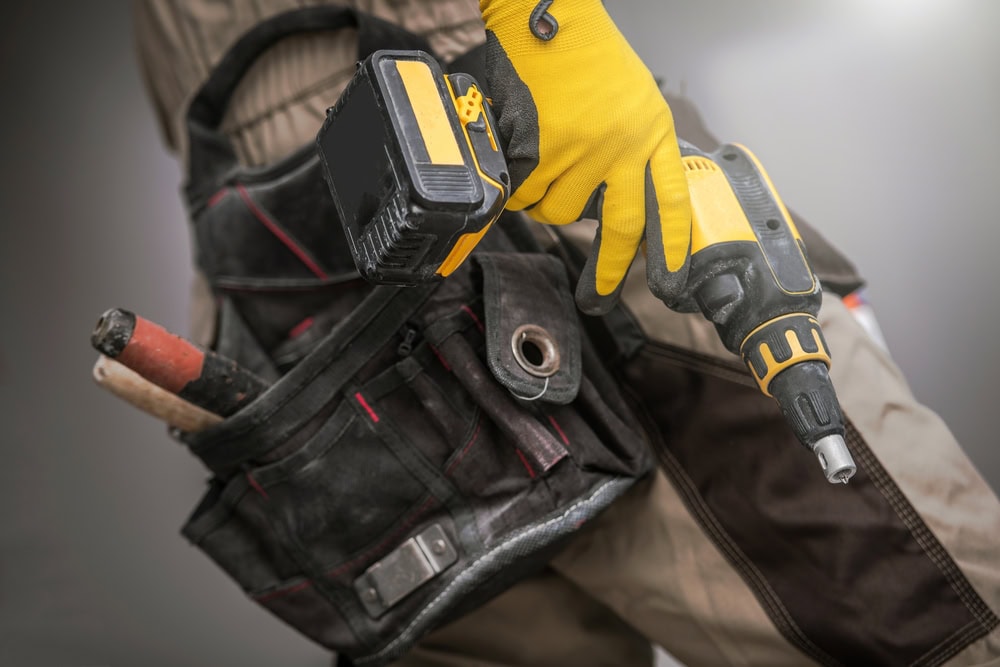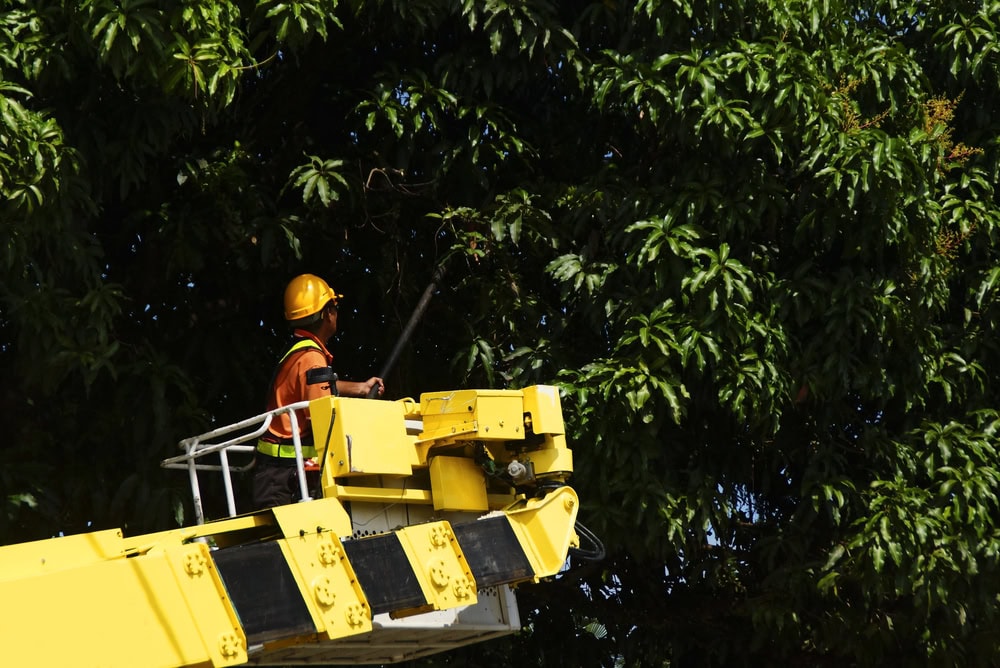What Is a Change Order? How to Use It to Protect Your Business
As you prepare for your California contractor license exam, understanding the ins and outs of change orders is not just about passing a test, it’s about protecting your business, your clients, and your reputation. In the dynamic world of construction, projects rarely go exactly as planned. Surprises on the jobsite, shifting client priorities, and unforeseen … Read more










